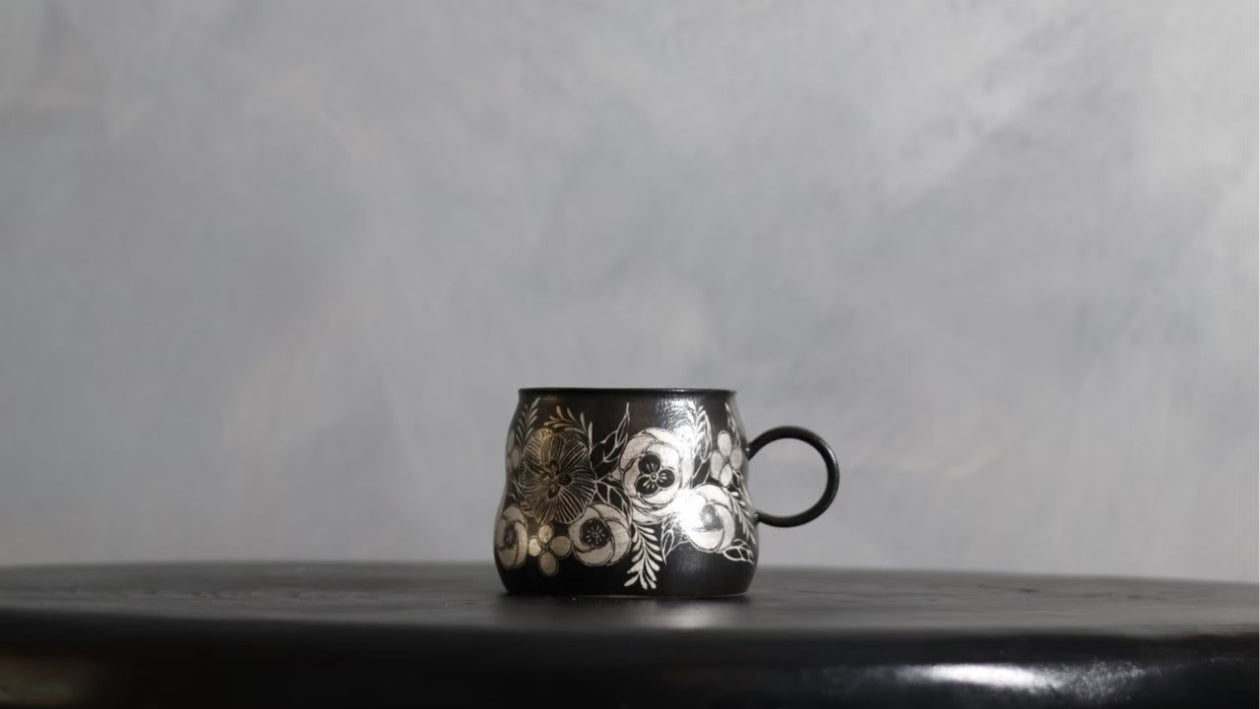
AOKAWA CHIHIRO
-
Aokawa Chihiro Camellia Porcelain Cup
Regular price $275.00 USDRegular priceUnit price / per -
Aokawa Chihiro Camellia Porcelain Cup
Regular price $275.00 USDRegular priceUnit price / per -
Aokawa Chihiro Camellia Porcelain Cup
Regular price $350.00 USDRegular priceUnit price / per -
Aokawa Chihiro Vintage Mug
Regular price $350.00 USDRegular priceUnit price / per -
Aokawa Chihiro Camellia Porcelain Cup
Regular price $275.00 USDRegular priceUnit price / per -
Aokawa Chihiro Silver Narcissus Chyongku Porcelain Cup
Regular price $295.00 USDRegular priceUnit price / per -
Aokawa Chihiro Silver Narcissus Porcelain Cup
Regular price $225.00 USDRegular priceUnit price / per -
Aokawa Chihiro Silver Camellia Travel Porcelain Cup
Regular price $385.00 USDRegular priceUnit price / per -
Aokawa Chihiro Atlantis City Porcelain Cup
Regular price $385.00 USDRegular priceUnit price / per -
Aokawa Chihiro Atlantis Wave Porcelain Cup
Regular price $385.00 USDRegular priceUnit price / per -
Aokawa Chihiro Silver Camellia Porcelain Cup & Saucer Set
Regular price $275.00 USDRegular priceUnit price / per -
Aokawa Chihiro Silver Blossom Porcelain Cup & Saucer Set
Regular price $350.00 USDRegular priceUnit price / per
AOKAWA CHIHIRO
In the early Edo period, silver‐leaf inlay first appeared in Japanese tea vessels, prized by samurai and merchants alike for its subtle radiance. Centuries later, "Aokawa Chihiro"—descended from a line of Kyoto silversmiths—rekindles this tradition with a modern vision.
As a child, Chihiro spent summers in her grandfather’s workshop, watching molten silver poured into carved wooden molds. At dusk, she’d help him polish tsuba (sword guards) until they gleamed like moonlight. Yet Chihiro’s true passion lay in clay: she apprenticed at a renowned ceramic studio in Seto, learning to coax delicate forms from spinning wheels. After years mastering both metalsmithing and pottery, Chihiro embarked on a singular quest: to unite porcelain and pure silver in a single vessel. She sourced a rare, high‑alumina clay that could withstand repeated firings, then perfected a firing schedule—1300 °C bisque, silver overglaze, and successive low‑temperature firings—to fuse .999 silver lines without dulling their brilliance. When you cradle an"Aokawa Chihiro" cup, you hold more than porcelain and silver. You hold the memory of molten metal cooling in wooden molds, the echo of the potter’s wheel at midnight, and the heartbeat of a tradition reborn. Each vessel is not just a tool for tea or coffee—it’s a bridge across eras, from samurai workshops to contemporary design studios, bearing witness to one artisan’s devotion and the timeless alchemy of clay, fire, and precious metal.
- Choosing a selection results in a full page refresh.
- Opens in a new window.












